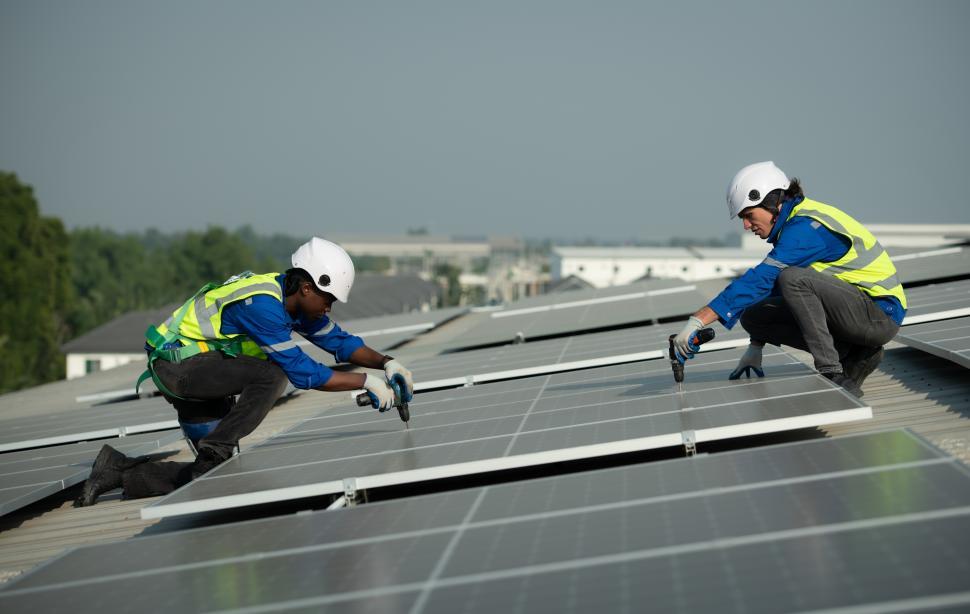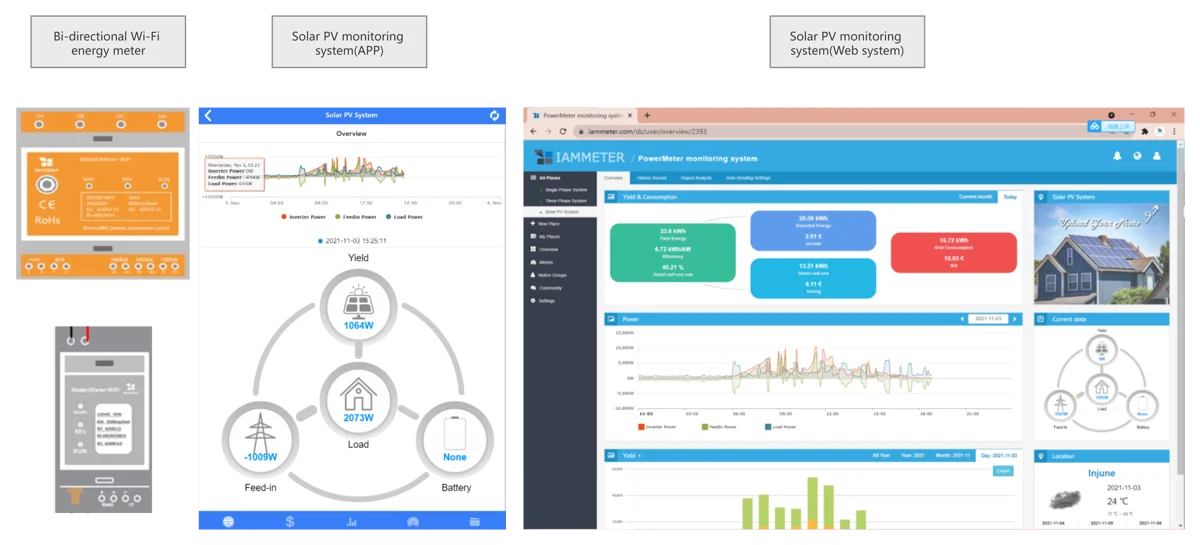Introduction
Solar photovoltaic (PV) systems are designed to operate efficiently for decades, but their long-term performance depends heavily on consistent monitoring and maintenance. While solar panels are known for their durability and low upkeep, neglecting routine checks can lead to energy losses, safety hazards, and costly repairs. In South Africa, where dust, heat, and load-shedding are common, proactive maintenance is especially critical.
This guide provides a comprehensive overview of how to monitor and maintain your solar PV system. Whether you're a homeowner, business owner, or facility manager, these practices will help you protect your investment, optimize energy output, and ensure compliance with warranties and safety standards.
Monitoring System Performance
Monitoring is the backbone of solar system management. It allows you to track energy production, detect faults early, and make informed decisions about usage and upgrades.
- Use monitoring software or apps: Most modern inverters come with built-in monitoring platforms accessible via mobile apps or web dashboards. These tools provide real-time data on energy generation, consumption, and system health.
- Compare output against expectations: Daily and weekly performance should align with your system’s design specifications. Sudden drops may indicate shading, dirt buildup, or equipment failure.
- Set alerts for anomalies: Many platforms allow you to configure alerts for low production, inverter faults, or battery issues. These notifications help you respond quickly to problems.
- Track environmental factors: Weather conditions, seasonal changes, and temperature fluctuations affect solar output. Monitoring helps you distinguish between natural variations and technical issues.
- Review historical data: Long-term trends reveal degradation rates, usage patterns, and opportunities for optimization or expansion.
Cleaning Panels
Solar panels are exposed to the elements and can accumulate dust, bird droppings, pollen, and leaves. In South Africa’s coastal and semi-arid regions, airborne particles and salt spray can significantly reduce panel efficiency.
Why Cleaning Matters
- Dirty panels can lose up to 25% of their energy output.
- Debris can cause hotspots, leading to long-term damage.
- Clean panels ensure accurate monitoring and billing, especially for grid-tied systems.
How to Clean Panels
- Use soft brushes, microfiber cloths, or low-pressure water to avoid scratching the glass surface.
- Clean during cooler hours—early morning or late afternoon—to prevent thermal shock.
- Avoid harsh chemicals; use plain water or mild soap if necessary.
- For rooftop systems, consider hiring professionals to ensure safety and proper technique.
Cleaning Frequency
In dusty inland areas, monthly cleaning may be required. In regions with regular rainfall, panels may only need cleaning once or twice a year. Monitor performance data to determine when cleaning is necessary.
Inspecting Hardware
Beyond the panels, your solar system includes mounts, wiring, junction boxes, and inverters—all of which require periodic inspection.
- Mounting structures: Check for rust, corrosion, or loose bolts. Strong winds and thermal expansion can loosen fixtures over time.
- Wiring and connectors: Look for signs of wear, fraying, or rodent damage. Damaged wiring can lead to short circuits or fire hazards.
- Inverters: Ensure proper ventilation and check for error codes or warning lights. Inverters typically last 10–15 years and may need replacement sooner than panels.
- Surge protection: Verify that surge protectors are intact, especially in areas prone to lightning strikes.
Document all inspections and repairs to maintain warranty coverage and support future troubleshooting.
Battery Maintenance
If your system includes energy storage, battery maintenance is essential for safety and performance. South African homes increasingly rely on batteries to mitigate load-shedding and store excess solar energy.
Routine Checks
- Monitor charge/discharge cycles and depth of discharge (DoD).
- Check temperature levels—extreme heat can degrade battery life.
- Inspect terminals for corrosion and ensure tight connections.
- For lead-acid batteries, check electrolyte levels and refill with distilled water if needed.
Manufacturer Guidelines
Always follow the manufacturer’s maintenance schedule and safety instructions. Lithium-ion batteries require less maintenance but should still be monitored for software updates and firmware compatibility.
Professional Servicing
While many maintenance tasks can be handled by the system owner, professional servicing ensures safety, compliance, and optimal performance.
- Licensed electricians: Schedule inspections every 2–3 years to check electrical integrity and system grounding.
- Performance audits: Professionals can conduct detailed assessments using thermal imaging, IV curve tracing, and insulation resistance testing.
- Warranty compliance: Some manufacturers require certified inspections to maintain warranty coverage.
- Insurance requirements: Commercial systems may need documented servicing for insurance claims or coverage renewals.
Choose service providers with experience in solar PV systems and familiarity with South African regulations and grid standards.
Maintenance Costs and Budgeting
Maintenance costs vary depending on system size, location, and complexity. Budgeting for upkeep ensures long-term savings and avoids unexpected expenses.
- Annual cleaning: R500–R2,000 depending on accessibility and service provider.
- Battery servicing: R1,000–R3,000 annually for large systems.
- Professional inspections: R2,000–R5,000 every few years.
- Replacement parts: Inverters, connectors, and surge protectors may need replacement every 10–15 years.
Factor these costs into your ROI calculations and consider bundling maintenance with insurance or service contracts.
Conclusion
Consistent monitoring and maintenance are essential for maximizing the performance, safety, and financial return of your solar PV system. In South Africa’s dynamic energy landscape, proactive care helps you stay ahead of tariff increases, load-shedding, and environmental wear.
By using smart monitoring tools, cleaning panels regularly, inspecting hardware, maintaining batteries, and scheduling professional servicing, you can extend your system’s lifespan and ensure reliable energy for years to come. Solar energy is a long-term investment—and like any investment, it thrives with attention and care.


